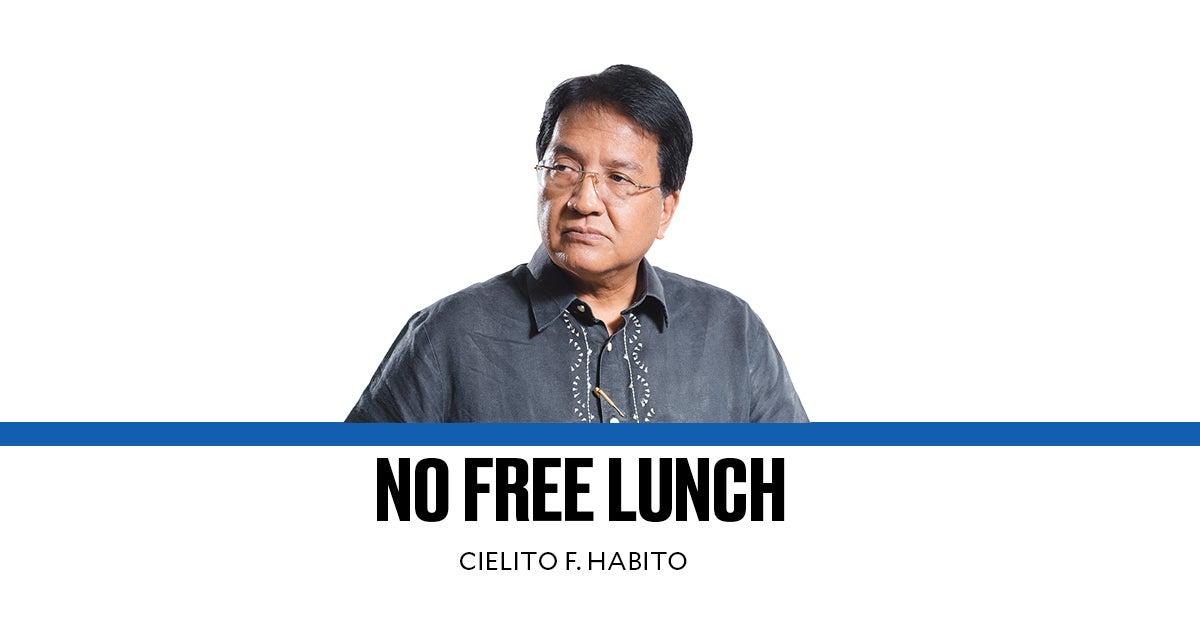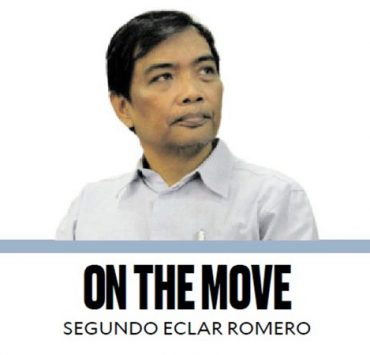Creating a ‘Pinoy wave’

It’s painful to say it, but it’s a fact that young Filipinos today are among the dumbest in the world. It’s already widely known how we’ve ranked at the bottom of the Program for International Student Assessment (Pisa) on reading, science, and mathematics. The World Bank reported a 91 percent learning poverty rate in the Philippines in 2022, which means less than one in every 10 third graders could read and understand what they read. The 2019 Trends in International Mathematics and Science Study (TIMSS) placed Philippine Grade 4 students last in math and science among their peers in 58 participating countries, well below the global average and even worse than our 2003 performance. The 2019 Southeast Asia Primary Learning Metrics (SEA-PLM) study put our Grade 5 students below their peers in most of our neighbors, except for Laos and Cambodia. All told, various international education rankings consistently show our elementary and high school students to be among the weakest performers in the world.
In the face of the Fourth Industrial Revolution and the rapidly advancing age of artificial intelligence, it’s worrying to imagine how utterly uncompetitive our workforce, hence our economy, would be in the emerging future. Analysts gush over the “demographic sweet spot” we will uniquely enjoy in the next few decades, referring to how working age-people will dominate our population, while most other countries now worry about rapidly aging populations. But how sure are we that this would really be an advantage for us, when, given today’s circumstances, much of our workforce would be ill-equipped for the emerging jobs of the future?
Still, all is not lost, if we do things right. Yes, Pisa, TIMSS, and SEA-PLM tell us that our young students are among the weakest in reading and STEM (science, technology, engineering, and mathematics). But there is something Filipinos are widely seen to be well-endowed in: we are known to be among the most artistically talented people on the planet.
What we lack in STEM, we could well make up for in creative talent. Proof of this is easy to see. Filipino music performers are all over the world, in hotels, clubs, and music bars even in remote places we’d least expect to find them (I’ve experienced this a few times), usually as “cover bands” catering to customers looking for Western music.
Filipino choral groups and dance troupes frequently win international competitions in Europe, North America, and elsewhere. The “(name of country) Got Talent” franchise often attracts internet-worthy performances by Filipino competitors, whichever country one puts in the blank. Singapore hires Filipino actors, directors, and even theater crew to stage Broadway plays there (my good friend, stage director and actor Bart Guingona, has been one of them)—and yet we could very well be the “Broadway of Asia,” a dream the late president Fidel Ramos believed in the 1990s to be within our reach. Designers like Kenneth Cobonpue, Michael Cinco, Monique Lhuillier, Rajo Laurel, and more have achieved prominence in the international scene. Filipino restaurants, food, and cuisine are finding stronger and wider following overseas, even achieving a Michelin star rating like Kasama in Chicago. Popular Filipina girl group Bini is on a world tour and performed recently at New York’s Madison Square Garden. Filipino animators, graphic artists, digital designers, and content creators have long been sought by companies in the United States, Europe, and elsewhere in creative outsourcing industries.
All told, the ingredients are all there for us to cash in on what South Korea successfully jockeyed into a multibillion-dollar industry and source of “soft power” now felt globally, known as “Hallyu” (Chinese for “Korean wave”). We just need to copy what Korea did. I wrote about this over two years ago (see “Creative lessons from Korea,” 2/21/23), drawing on Danish brand strategist Martin Roll’s analysis of the Korean wave phenomenon. Key elements he noted include well-orchestrated interagency and multisectoral efforts, and ample public and private investments. Korea’s Cultural Content Office in its Ministry of Culture had a staggering $5.5 billion budget, plus billions more via investment and venture capital funds to nurture and export popular culture.
We have a Philippine Creative Industries Development Act (Republic Act No. 11904) that created a council to oversee the thrust, but our track record is spotty in getting interagency bodies to work. It had a budget of P360 million ($ 6.3 million) in 2023, but is now down to only P100 million ($1.8 million) in 2025—a bad joke when seen against how much Korea poured into its creative sector. And yet, it could well be our ticket to salvage our economic future until we finally get our act together and overcome our current child nutrition and education crisis.


















